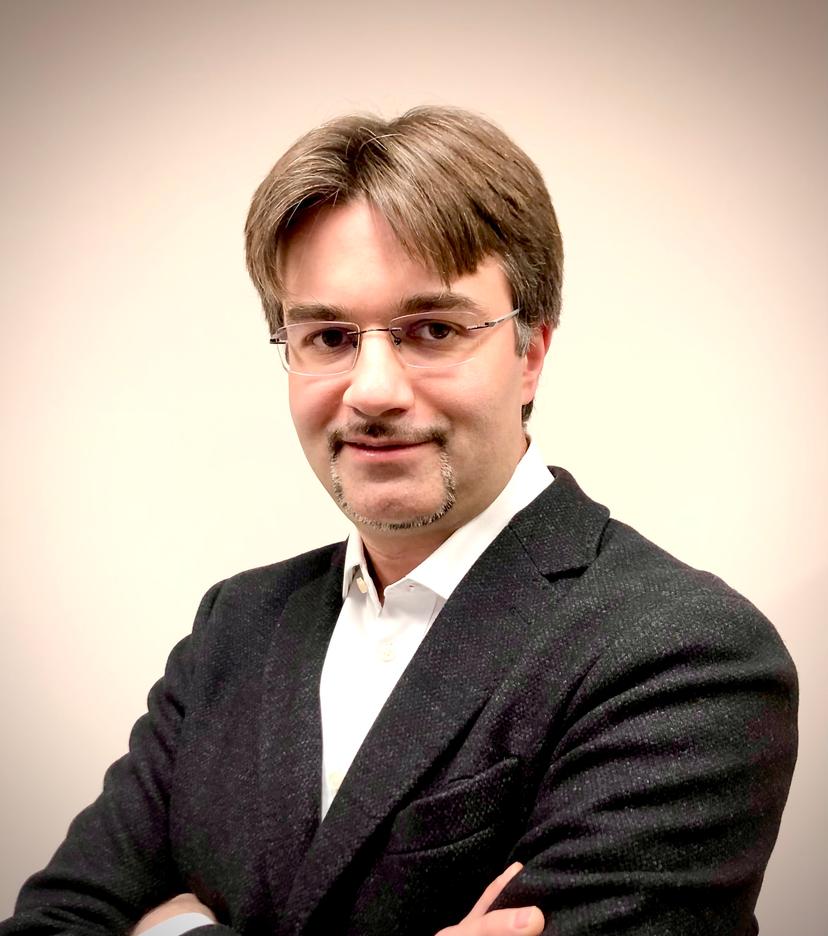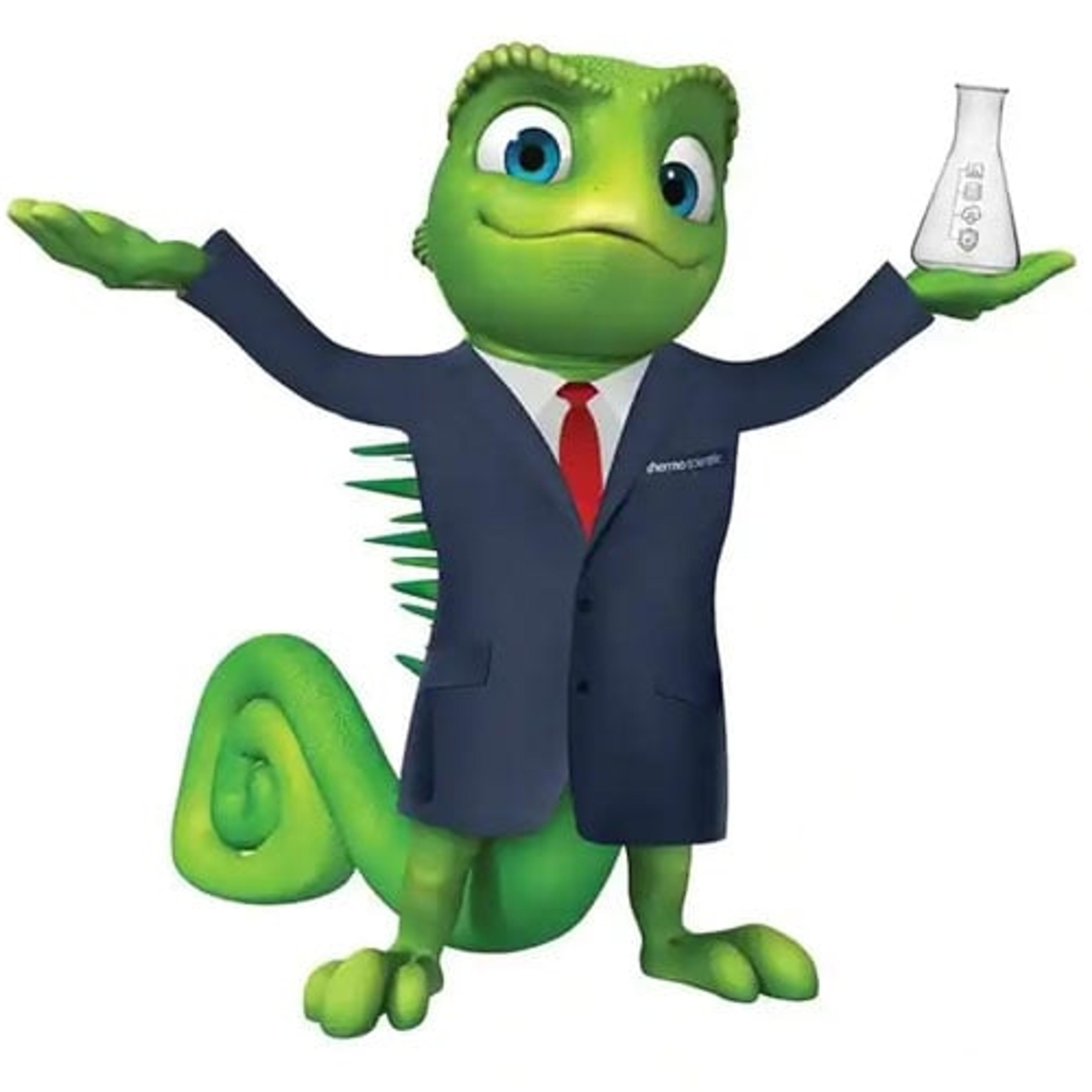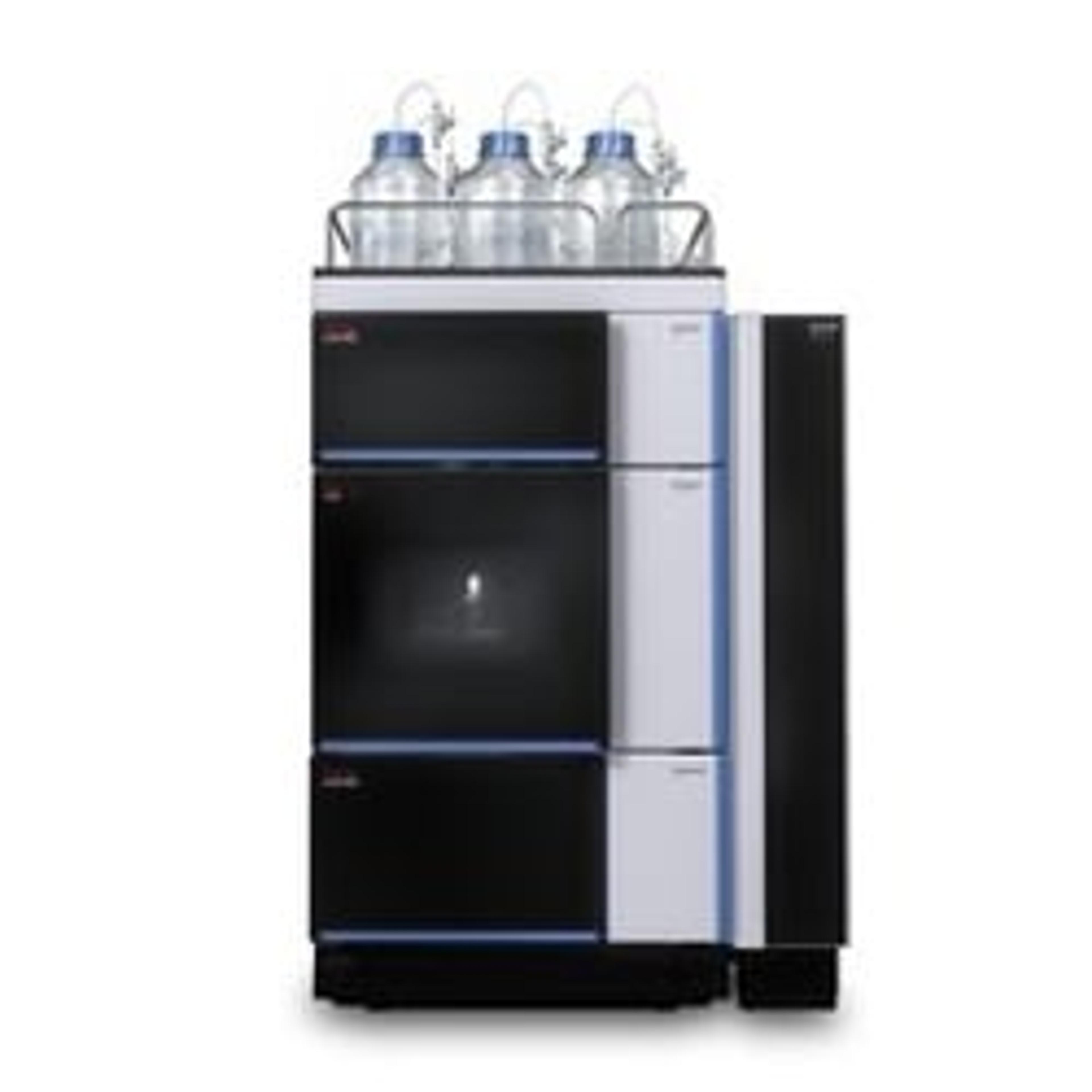Better food, better health, better world: Delivering safer food and productivity with the help of mass spectrometry
Food testing expert, Marco Redaelli, shares his mission to make the world a healthier place, and reveals the technologies helping to deliver more reliable and faster results than ever before
20 Apr 2022

Food safety refers to the preparation, handling, and storage of food, designed to reduce the risk of foodborne illness and poisoning. Optimum food safety testing is essential for protecting the health of consumers. Due to the complexity of food and beverage samples, mass spectrometry and chromatography techniques are often needed along with rapid testing and have become two of the most valuable techniques used to investigate the quality and safety of food, including the analysis of pesticide residues, pollutants, and contaminants.
In this interview, we speak with Marco Redaelli, food operations manager at Mérieux NutriSciences, to discover how his team is working diligently to create a healthier world using GC-MS and LC-MS technologies, and how they have increased the productivity of their mass spectrometers by 50%. Looking ahead, Redaelli outlines his hopes for the future and explains why using more sensitive technology in the lab will lead to the production of healthier food.
Please introduce yourself and tell us about your work
MR: I am currently the director of food laboratories at Mérieux NutriSciences in Italy, and my role is to increase the analytical quality of our results, reduce the analysis turnaround time, and promote scientific development, automation, and digital transformation. I began working as an academic researcher at the University of Padova, where I was awarded my Ph.D. in medical, clinical, and experimental science. I went on to join Mérieux NutriSciences in 2018 as a residence laboratory manager. Throughout my academic career, I have published 42 peer review papers and been cited over 400 times.
Can you explain more about the service you provide?
MR: We analyze packaging, food, environmental, pharma and cosmetic samples. We provide analytical results and are able to comment on them in comparison with the current legislation; we also perform sensory analysis and support our customers by delivering full consultancy services. We are present in 27 countries around the world, with an expanding network of over 100 accredited laboratories and over 8,000 employees. In recent years, the analytical laboratory world has evolved not only in terms of the quality of the analytical data, but also in terms of technical and scientific support and speed of service. Today, continuous improvement in delivery time and customer assistance is the greatest challenge. It is important to consider customers as partners, and by focusing on their needs and supporting them in their future strategies, we can satisfy their requests for technical support and speed.
What are the big picture goals of your work?
It is very important to use analytical instrumentation that offers the best selectivity and sensitivity values, to not only reach the expected limits, but also to guarantee the reliability of the result.
Marco Redaelli Mérieux NutriSciences
MR: The two laboratories that I manage process thousands of tests every month, and one of the challenges we face is when samples do not arrive as scheduled. Part of my role involves concentrating on the logistical aspects of our workflow so we can deliver a flexible approach. We are currently working to make additional training and development opportunities available to our team, which by extension will improve the customer experience. Another part of my role involves integrating an industrial type of approach to our analytical service; to provide the highest level of analytical service possible, we must focus on quality and have full coverage. If we can accomplish those goals, we will deliver excellent customer service.
How does mass spectrometry help achieve your goals?
MR: The use of systems based on mass spectrometry allows laboratories to greatly expand their analytical possibilities, which helps to provide a wider level of service to customers. Today it is possible to use triple quadrupole mass spectrometers to search for trace elements, to satisfy existing legal limits, and to use techniques characterized by high resolution for the analysis of emerging contaminants. Modern instrumentation can also acquire a large amount of data that can be used to conduct untargeted or retrospective analyses. The untargeted approach allows us to perform rapid screening, before investigating and identifying specific substances. It is now possible to analyze a sample and acquire and store the data in an archive so it can subsequently be assessed as to whether it complies with changes to legislation. This approach can have unlimited possibilities and provide enormous benefits to those who are using it.
The goal of each laboratory is to provide the best possible service. To do this, it is necessary to focus on continuous staff training and technological developments, by acquiring equipment that provides the best performance with greater productivity. It is very important to use analytical instrumentation that offers the best selectivity and sensitivity values, to not only reach the expected limits, but also to guarantee the reliability of the result.
These systems allow us to analyze many more samples, and also run different methods at the same time, which provides a significant gain in terms of turnaround time and recovery of the investment made.
Marco Redaelli Mérieux NutriSciences
The purchase of a mass spectrometer is a substantial investment for a small or large laboratory. The first thing that the purchasing department should evaluate is the time in which the investment will be repaid. Multichannel systems maximize the usage time of the mass spectrometer by coupling two or more chromatographic systems, which, through the coordination carried out by the software and valve systems, can decrease the time in which the mass spectrometer analyzes the molecules. With multichannel systems it is possible to inject in parallel on two chromatographic systems the samples with a time shift. This ensures the mass spectrometer continuously receives the molecules of interest. These systems allow us to analyze many more samples, and also run different methods at the same time, which provides a significant gain in terms of turnaround time and recovery of the investment made.
What role does GC-MS and LC-MS play in your facility?
MR: In European legislation, there are prescriptions that aim to provide the minimum performance criteria for the determination of residual contaminants. An example is the European Commission regulation 2021/808, which defines criteria for the analysis of residues of veterinary drugs in food-producing animals. This regulation defines the analytical methods by presenting the minimum requirements for each analytical technique, for example, in triple quadrupole mass spectrometry, one precursor and two product-ions are required. It also clearly provides required minimum performance limits (MRPLs) for analytical methods to detect substances without an upper limit. This is relevant for substances that are not authorized, or which are banned in the EU. In addition, the regulation also provides criteria and procedures to validate analytical methods and interpret results, ensuring the quality and comparability of official laboratory results. Both GC-MS and LC-MS have continually increased in robustness and sensitivity, which has allowed us to reach lower levels of detection to satisfy European legislation.
More sensitivity means more healthy food. We can now say that GC-MS has allowed us to not only perform targeted residual analysis, but also the multi-screening of hundreds of analytes. Our customers can search for one thousand pesticides using a single analytical approach, and this is very beneficial for them, thanks to mass spectrometer technologies.
Over the past few years, what changes to testing requests have you observed?
MR: There have been changes relating to legislation, quality, and the speed at which technology is advancing; the biggest change is linked to an increased awareness of what we eat. Analytic results alone are not enough to satisfy the needs of our customers. We need a complete, precise, and rapid service, and we need to be prepared to analyze emerging contaminants, as well as contaminants that are not yet regulated by law. We must be prepared to develop a method for our customers in an expeditious way; not only from a scientific point of view, but also from an accreditation point of view, because our customers need to use our certificate when they sell a product.
Mass spectrometry is indispensable in contaminant testing because it allows us to obtain accurate results when coupled with the appropriate separation technique. Mass spectrometry’s selectivity limits the false positives that can occur when analyzing molecules in complex matrices. It is therefore clear how the use of selective techniques, such as mass spectrometry, allows us to analyze the samples of different matrices in a standardized way. Mass spectrometry has made it possible, for example, to limit the use of immunoaffinity columns for the analysis of mycotoxins, and to analyze over 250 pesticides in a run of just 15 minutes. In addition, modern spectrometers have polarity switching which allows us to simultaneously acquire molecules of different polarity and their relative fragments within a single run.
How does software simplify your lab operations?
MR: Often instrument software can be difficult to use and requires long practice; this is a limitation because many laboratory technicians have become software users before analysts. The problem linked to this is that many lab managers are not inclined to change their typical brand of laboratory equipment because they are concerned about the change of software, even if it could provide technical advantages, in terms of better accuracy or sensitivity. The use of software with the capability of managing different instrumental platforms can provide an important solution to the problem, both to increase the versatility of the technicians, but also with a view to using tools from different brands. Chromeleon™ responds to these problems by proposing a very versatile software solution capable of controlling different instruments from multiple vendors with a single approach.
Tell us about a particular problem that you're trying to fix
MR: The number of emerging contaminants is constantly growing and fortunately, that means that we can increase the number of samples or the number of methods that our laboratory offers. As a result, we need to increase the number of instruments to guarantee rapid turnaround time, and mass spectrometers to analyze samples, which is not sustainable from a cost perspective. When we talk about the use of high-resolution spectrometry for the analysis of emerging contaminants, it is appropriate to make some clarifications. To date, it is rare that official methods prescribe this technique, even as a confirmation. This is for two main reasons: diffusion of the instrumentation, mainly linked to cost and management, and complexity of use. Therefore, for the routine analysis of emerging contaminants, the gold standard technique is the triple quadrupole. However, in the exploratory phase of new emerging contaminants, it is possible that the first approach used is high-resolution mass spectrometry, such as time-of-flight (TOF) or Orbitrap. Since these molecules have not been deeply investigated, the higher selectivity and accuracy of molecular mass detection can provide valuable information. It is important to emphasize however that this is an approach that is currently more widespread in research and development areas. It is reasonable to think that in the next few years, high-resolution mass spectrometry will be chosen routinely.
As discussed earlier, we are working with interesting new technologies that apply LC-MS/MS, which enables us to optimize mass spectrometer usage by connecting one or more LC systems to a single mass spectrometer. This allows us to analyze more samples simultaneously by coordinating the chromatographic runs. The part of the chromatogram with analytes is sent to the mass spectrometer, and the rest of the run is sent to waste. We can increase the productivity of a mass spectrometer by 50% and reduce the turnaround time up to 70%. This is a sustainable way to make use of our machines, due to the cost savings, but more importantly, it benefits our customers.
What impact do you hope your work will have in the future?
MR: The purpose of a researcher is to try to make a better world. Recently, Mérieux NutriSciences changed its motto to: "Better food, better health, better world." Behind the analytical results, the time it takes to deliver results, and good customer service, I think that our analysts are going to contribute to putting healthier food on our families' tables. Working within a company that performs food analysis means we are focused on the science, we stay updated with the legislation, and we leverage the latest analytical methods to deliver meaningful service to our customers.
What’s next for everyday testing?
MR: In contaminant analysis, importance is increasingly being given to the turnaround times that laboratories can offer. Automated systems, including customized ones, are systems that have been routinely used for several years, and are also available for non-industrial-grade sample volumes, even at low costs. However, today, this is no longer enough, and the management of the analytical process is becoming increasingly important. This must be accompanied by a change of culture, even for the lab managers and technical directors, who must increasingly take a more managerial approach when it comes to the analytical process, regardless of the size of the laboratory.
Do you use Thermo Fisher Scientific products in your lab? Write a review today > >



